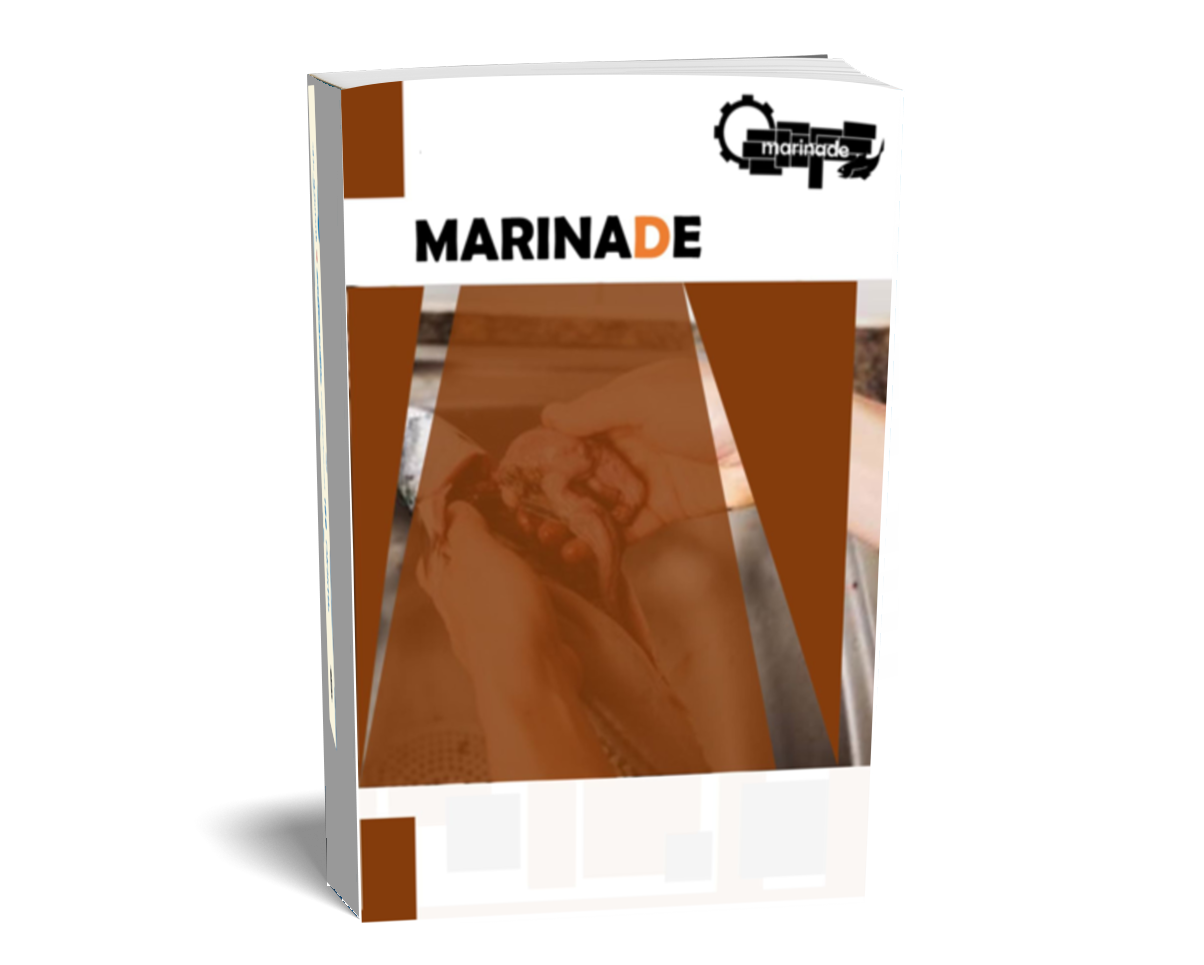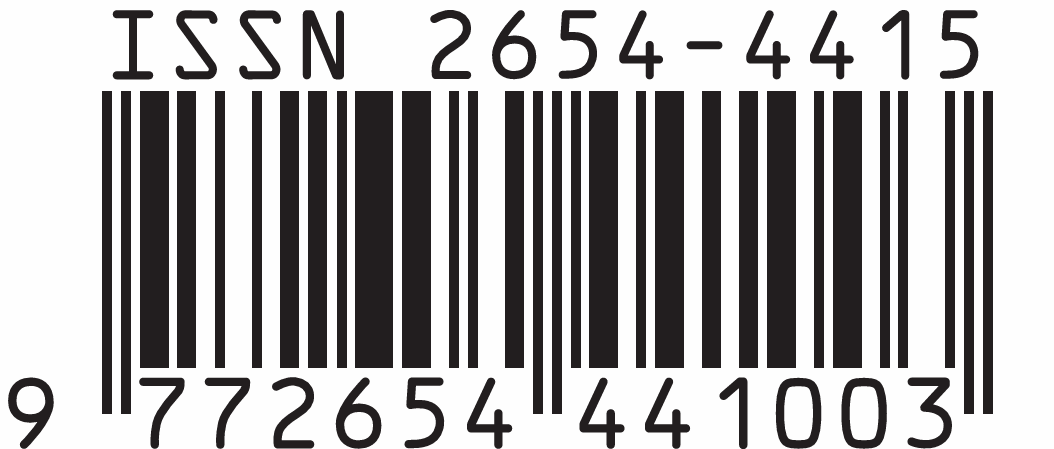PERUBAHAN KOMPOSISI KIMIA KIJING LOKAL (Pilsbryoconcha exilis) SEGAR DAN KUKUS
DOI:
https://doi.org/10.31629/marinade.v3i02.3403Keywords:
AAS, GC, HPLC, molluscs, nutritional content, processingAbstract
Local mussel is a type of shellfish which is rich in minerals, fatty acids and essential
amino acids and has a low cholesterol content. The local gravestone is currently only used as
food by the local community which is processed by steaming. This study aims to determine the
chemistry of the local gravestone. The research method used was morphometric, proximate
analysis, amino acids using HPLC, fatty acids using GC, and minerals using AAS. The
proximate results showed that the air and fat content decreased, while the ash, protein, and
carbohydrate content increased due to the steaming process. Saturated fatty acids in local
mussels tend to rise after steaming, except for palmitic which has decreased, while unsaturated
fatty acids have decreased after steaming. Protein The salt-soluble content of local mussel is
higher in air-soluble protein. The highest amino acid content is glutamic acid. The highest macro
mineral content in local mussel meat is calcium 5,808.85 ppm, and the highest is sodium at
51.46 ppm, while the highest micro mineral is iron at 445.06 ppm, and the best is copper at 0.16
ppm . Generally, the chemical composition of local mussels on average decreased after the
steaming process.
Downloads
Downloads
Published
Issue
Section
License
You are free to:
- Share — copy and redistribute the material in any medium or format for any purpose, even commercially.
- Adapt — remix, transform, and build upon the material for any purpose, even commercially.
- The licensor cannot revoke these freedoms as long as you follow the license terms.
Under the following terms:
- Attribution — You must give appropriate credit, provide a link to the license, and indicate if changes were made . You may do so in any reasonable manner, but not in any way that suggests the licensor endorses you or your use.
- ShareAlike — If you remix, transform, or build upon the material, you must distribute your contributions under the same license as the original.
- No additional restrictions — You may not apply legal terms or technological measures that legally restrict others from doing anything the license permits.













